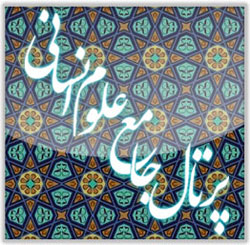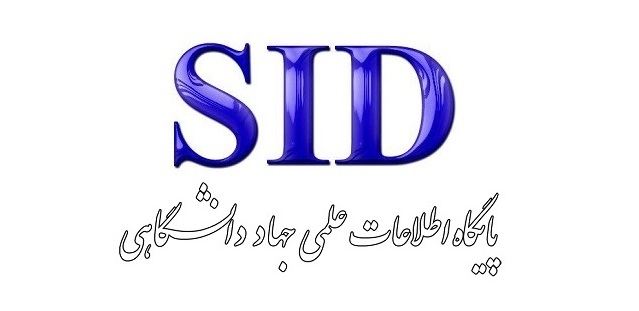The Role of Myths in Individual and Social Psychology with an Emphasis on Joseph Campbell’s Theories and the Analysis of Iranian Folktales: Eskandarnāmeh and Fīrūzshāhnāmeh
Keywords:
Myth, talisman, Persian folk tales, Firuz Shah Nameh, Iskander NamehAbstract
This article examines the framework of the hero’s journey as a mythological theory introduced by Joseph Campbell and analyzes its manifestation in Iranian folktales. The study seeks to identify the fundamental characteristics of the hero’s journey in narratives such as Eskandarnāmeh and Fīrūzshāhnāmeh and to explore their relationship with the mythological and cultural structure of Iran. The objective of this research is to analyze myth, enchantment, and the hero’s journey in long-form folktales, investigate the pattern of heroic journeys toward achieving a goal, and examine the process of breaking enchantments in folk literature. The study of enchantment in Persian long-form folktales, particularly in epic and fantasy-oriented works such as Eskandarnāmeh and Fīrūzshāhnāmeh, reveals its deep-rooted connection to Iranian mythological and cultural traditions, forming an integral part of the narrative structure of such stories. In summary, in myths and legends, breaking an enchantment is not necessarily a positive and effortless act; it can entail unintended consequences and ethical complexities for various reasons. This aspect indicates that storytellers have subtly addressed the hidden layers and intricacies of the concept of "freedom." Enchantment in Eskandarnāmeh, as narrated by Sheikh ‘Ali, is part of the myth-making and storytelling surrounding the character of Alexander the Great. In this work, Alexander is portrayed not only as a conqueror and military commander but also in a mythological dimension. Fīrūzshāhnāmeh, a historical and literary work commissioned by Fīrūz Shāh, the ruler of Dīn-dārān and Balkh, presents distinct legendary narratives of bravery, heroism, and ancient Iranian myths. In these texts, enchantments were not only symbols of supernatural powers but also representations of human fear and hope in the face of destiny and life’s challenges.
Downloads
References
1. Kazzazi M-Ja-D. Dream, Epic, Myth. Tehran: Markaz Publishing; 1997.
2. Campbell J. The Power of Myth. Tehran: Markaz Publishing; 1998.
3. Green W, Lee M, Willingham J. Principles of Literary Criticism. Tehran: Niloufar Publications; 1997.
4. Khamseh S. Innovation and Defamiliarization in the Representation of Mythological Entries in Contemporary Poetry. Scientific-Promotional Quarterly. 2006(6).
5. Khamseh S. The Influence of the Archetype of the Savior and Messiah in Contemporary Iranian Poetry. Literary Research Journal. 2005(4).
6. Jung CG. Man and His Symbols. Tehran: Yasaman Publications; 1997.
7. Hinnells J. Understanding Iranian Myths. Babol: Cheshmeh Publishing; 1994.
8. Yahaghi MJ. Dictionary of Myths and Narratives in Persian Literature. Tehran: Farhang Moaser Publishing; 2007.
9. Mohammadi MH. Dictionary of Allusions in Contemporary Poetry. Tehran: Mitra Publishing; 2006.
10. Hamilton E. A Journey Through Greek and Roman Myths. Tehran: Asatir Publications; 1997.
11. Master H. Bible Dictionary. Tehran: Asatir Publications; 2004.
12. Salajegheh P. The Wandering of Mythological Symbols in Poetic Thought. Book of the Month: Literature and Philosophy. 2002;6(2).
13. Beshara S. Aesthetics and Poetry. [Online article].








